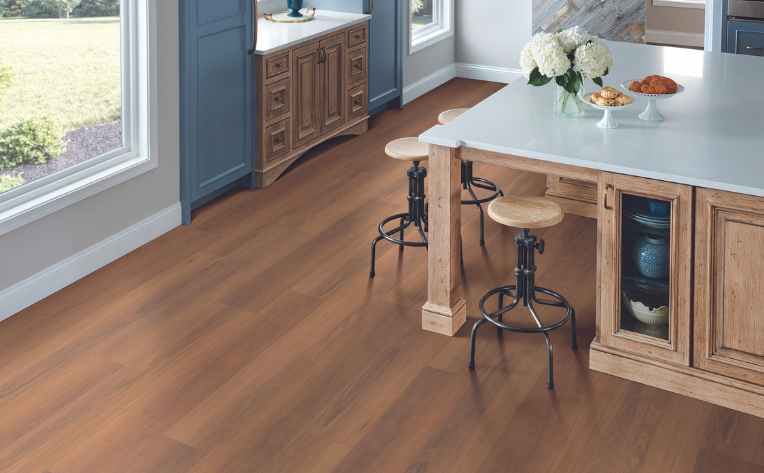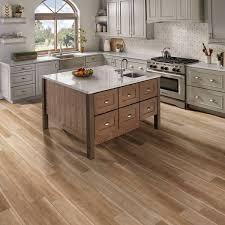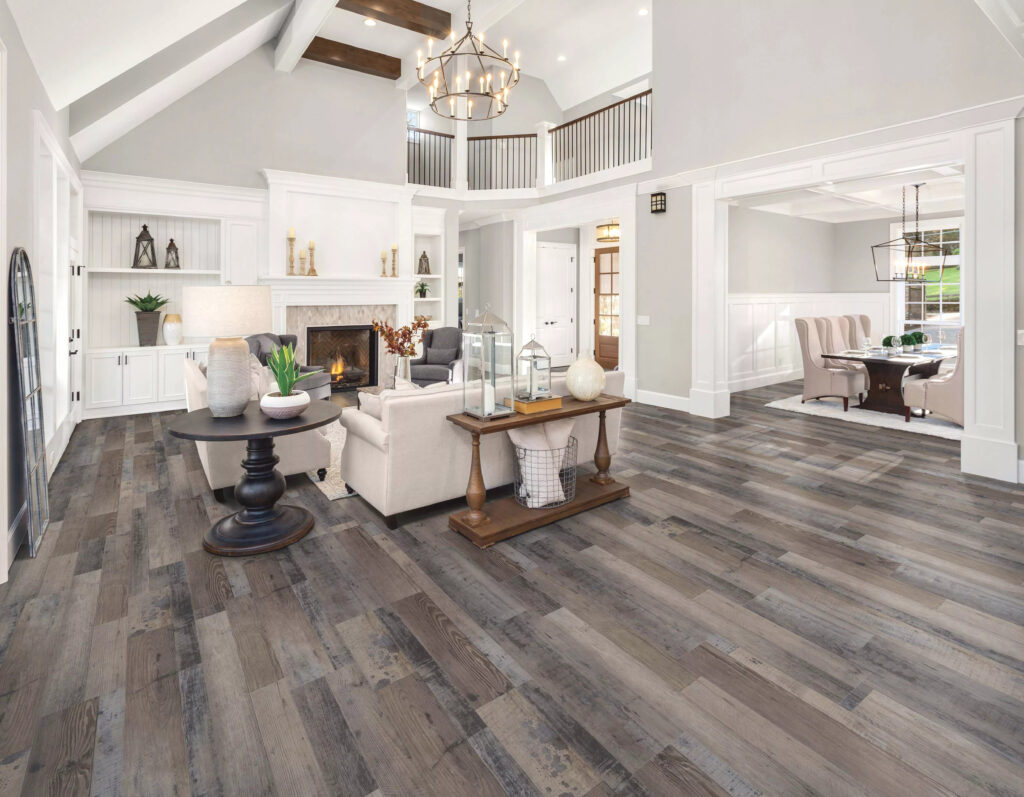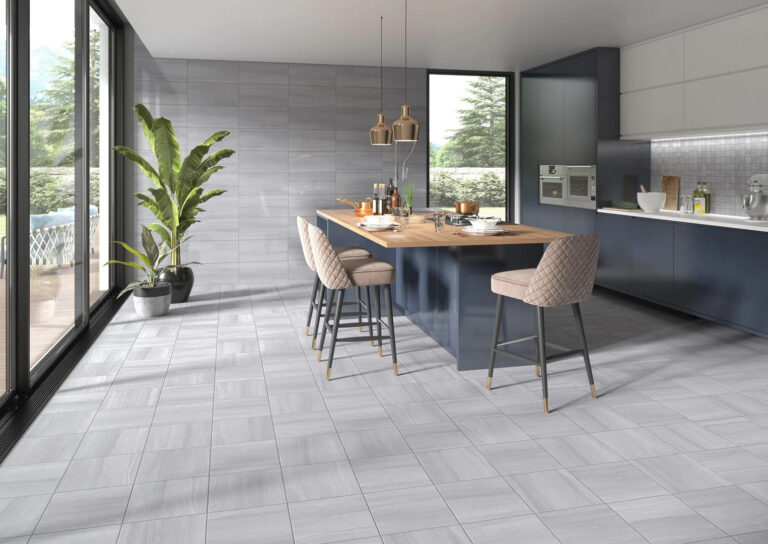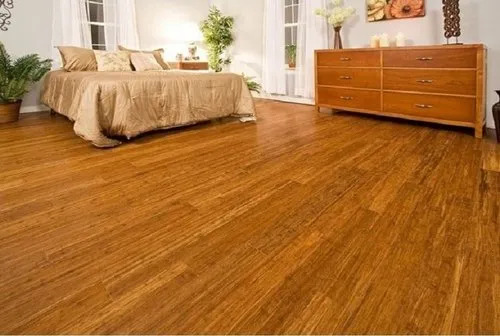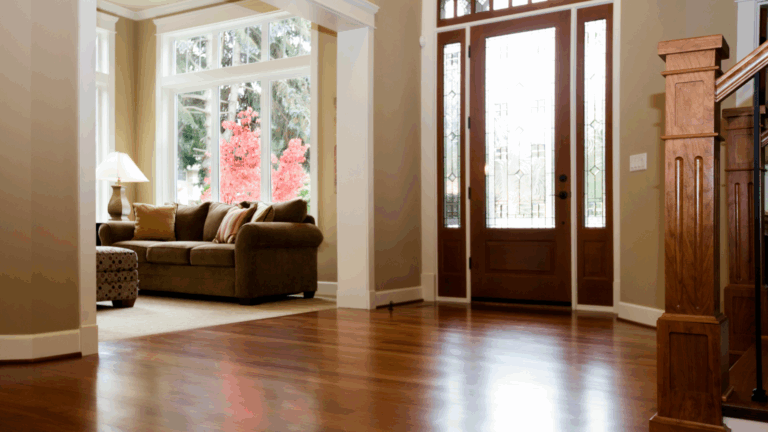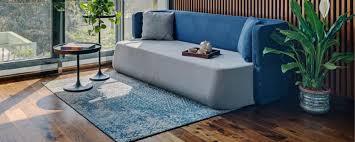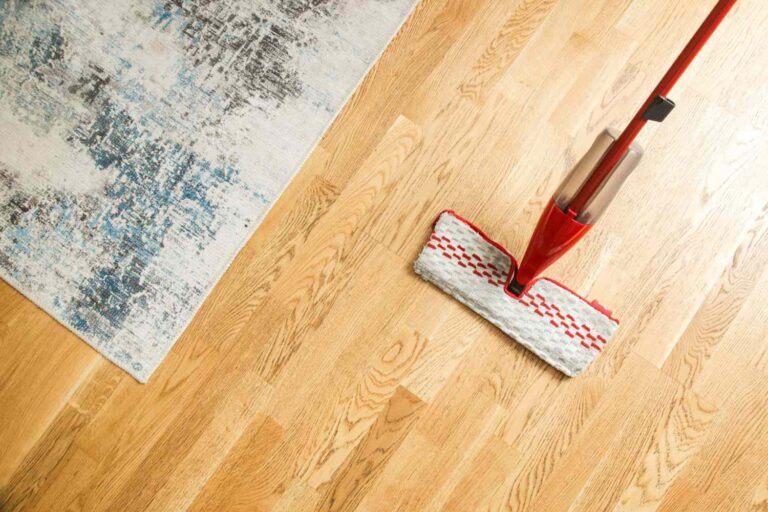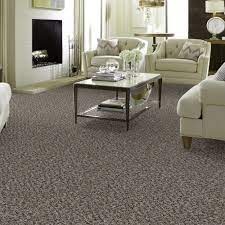Choosing the right flooring for your home is one of the most important decisions you’ll make during renovation or new construction. With countless options available, from hardwood and tile to carpet and laminate, it can be overwhelming to determine which flooring type offers the best combination of beauty, durability, and value.
Luxury vinyl plank (LVP) flooring has emerged as a leading choice for homeowners who want the elegant appearance of natural materials without the associated drawbacks. This innovative flooring solution has revolutionized the industry by offering realistic wood and stone looks while providing superior performance characteristics that traditional materials simply can’t match.
In this comprehensive guide, we’ll explore the top seven reasons why luxury vinyl plank flooring might be the perfect choice for your home, along with everything else you need to know to make an informed decision.
What is Luxury Vinyl Plank (LVP) Flooring?
Luxury vinyl plank flooring is a premium synthetic flooring product designed to mimic the appearance of natural hardwood, stone, or tile. Unlike traditional vinyl flooring, LVP consists of multiple layers that work together to create a durable, water-resistant, and visually appealing floor covering.
The typical LVP construction includes:
- Wear Layer: A clear, protective coating that resists scratches, stains, and wear
- Design Layer: A high-resolution photographic layer that creates the realistic wood or stone appearance
- Core Layer: The structural foundation, typically made from stone plastic composite (SPC) or wood plastic composite (WPC)
- Backing Layer: Provides stability and moisture protection
Modern manufacturing techniques have advanced to the point where LVP can be virtually indistinguishable from natural materials, featuring realistic textures, grain patterns, and color variations that fool even close inspection.
7 Reasons to Choose Luxury Vinyl Plank Flooring
1. Exceptional Water Resistance and Waterproof Properties
One of the most compelling advantages of luxury vinyl plank flooring is its superior moisture resistance. Unlike hardwood flooring, which can warp, cup, or buckle when exposed to water, LVP is completely waterproof in most cases. This makes it an ideal choice for areas prone to moisture, including:
- Kitchens and bathrooms
- Basements and below-grade installations
- Laundry rooms and mudrooms
- Homes in humid climates
The waterproof nature of LVP means you won’t have to worry about spills, pet accidents, or humidity causing permanent damage to your floors. This peace of mind is invaluable for busy families and pet owners.
2. Incredible Durability and Longevity
Luxury vinyl plank flooring is engineered to withstand heavy foot traffic, making it perfect for high-use areas of your home. The wear layer protects against scratches from furniture, pet claws, and everyday wear and tear. Many LVP products come with residential warranties ranging from 15 to 25 years, with some commercial-grade options offering even longer protection.
The durability factors include:
- Resistance to dents and scratches
- Fade resistance from UV exposure
- Dimensional stability in varying temperatures
- Impact resistance from dropped objects
3. Realistic Appearance That Mimics Natural Materials
Today’s luxury vinyl plank technology has reached impressive levels of realism. Advanced printing and embossing techniques create floors that capture the authentic look and feel of hardwood, natural stone, and ceramic tile. Features that enhance realism include:
- High-definition printing that replicates natural grain patterns
- Textured surfaces that mimic the feel of real wood
- Beveled edges that create authentic plank separation
- Multiple pattern variations to avoid repetitive looks
Many guests won’t be able to tell the difference between high-quality LVP and genuine hardwood without close examination.
4. Cost-Effective Alternative to Traditional Flooring
Luxury vinyl plank flooring offers exceptional value compared to hardwood, natural stone, or ceramic tile. The cost savings extend beyond the initial purchase price:
- Lower Material Costs: LVP typically costs 50-70% less than comparable hardwood flooring
- Reduced Installation Costs: Many LVP products feature click-lock installation systems that reduce labor costs
- Minimal Subfloor Preparation: LVP can often be installed over existing floors, eliminating removal costs
- Lower Maintenance Costs: No need for expensive refinishing, sealing, or specialized cleaning products
5. Easy Installation with DIY-Friendly Options
Many luxury vinyl plank products feature innovative click-lock or floating floor installation systems that make them suitable for DIY installation. This tongue-and-groove system allows planks to connect securely without nails, glue, or special tools in many cases.
Benefits of easy installation include:
- Faster project completion
- Reduced installation costs
- Ability to install over most existing floors
- No acclimation period required
- Immediate use after installation
6. Low Maintenance Requirements
Unlike hardwood floors that require regular waxing, sealing, or refinishing, luxury vinyl plank flooring is remarkably low-maintenance. Regular care involves simple sweeping and occasional mopping with standard floor cleaners. The protective wear layer prevents stains from penetrating the surface, making cleanup quick and easy.
Maintenance advantages include:
- No special cleaning products required
- Resistant to most household stains
- No refinishing or replacing needed
- Simple spot cleaning for spills
- Vacuum-friendly surface
7. Comfortable Underfoot with Sound Absorption
Modern LVP flooring provides a more comfortable walking surface compared to hard materials like ceramic tile or stone. Many products include attached underlayment that provides:
- Sound dampening properties that reduce noise transmission
- Thermal insulation for warmer floors
- Softer feel underfoot, reducing fatigue
- Enhanced comfort for children playing on the floor
The improved comfort makes LVP an excellent choice for bedrooms, living areas, and other spaces where you spend significant time on your feet.
Which Type of Vinyl Flooring Should You Choose?
Vinyl flooring comes in a variety of forms, each offering specific benefits to suit different spaces, styles, and performance needs. From high-end aesthetics to tough commercial durability, there’s a vinyl flooring type for every situation. Here’s a closer look at the most common options:
- Luxury Vinyl Plank (LVP) is one of the most popular choices for residential flooring, especially for those who love the look of real hardwood without the hassle or expense. It features realistic wood grain textures and comes in various colors and plank sizes, making it ideal for living rooms, bedrooms, and hallways. Aside from its aesthetic appeal, LVP is also waterproof, highly durable, and easy to install, especially with click-lock systems making it a great option for DIYers and busy households alike.
- Luxury Vinyl Tile (LVT) mimics the look of natural stone, ceramic, or porcelain tile but with more comfort and flexibility underfoot. It’s often used in moisture-prone areas like bathrooms, kitchens, and laundry rooms due to its excellent water resistance. Unlike real tile, LVT feels warmer and softer, and it’s less prone to cracking or chipping. Its durability, easy maintenance, and upscale appearance make it a popular flooring option for both traditional and contemporary homes.
- Sheet Vinyl comes in large, continuous rolls that can be cut to fit the dimensions of a room, providing seamless coverage. This format makes it particularly well-suited for bathrooms, kitchens, and basements where water spills are common, and a fully waterproof floor is essential. Sheet vinyl is one of the most budget-friendly vinyl options and is appreciated for its ease of cleaning and minimal seam lines, which help prevent water infiltration and dirt buildup.
- Vinyl Composition Tile (VCT) is a durable, budget-conscious choice frequently used in commercial environments such as schools, hospitals, and retail spaces. These square tiles are extremely tough and easy to replace individually if damaged. While they do require regular waxing and polishing to maintain their appearance, their resilience and cost-efficiency make them a staple in high-traffic areas where longevity is a priority.
- Solid Vinyl Flooring is composed entirely of PVC, offering exceptional toughness and resistance to wear. It’s commonly chosen for both residential and commercial settings that experience heavy foot traffic. This type of flooring provides superior water resistance, a long service life, and minimal upkeep, making it an excellent option for homeowners or business owners looking for something sturdy and practical without sacrificing appearance.
- Composite Vinyl Flooring, often referred to as SPC (stone plastic composite) flooring, blends vinyl with materials like limestone to improve stability and durability. This rigid core construction helps prevent dents, scratches, and damage from heavy furniture or impacts, making it perfect for households with kids or pets. Composite vinyl maintains its shape even in changing temperatures, which is ideal for homes in regions with seasonal climate shifts.
- Veneer Vinyl: features a decorative printed layer that imitates the look of wood or stone over a basic vinyl core. It offers an attractive design at a fraction of the cost of premium materials, which makes it a great choice for budget-conscious homeowners. While it may not be as thick or rugged as other vinyl types, it still provides sufficient durability for low-to-moderate traffic areas and is ideal for those seeking a stylish yet affordable flooring solution.
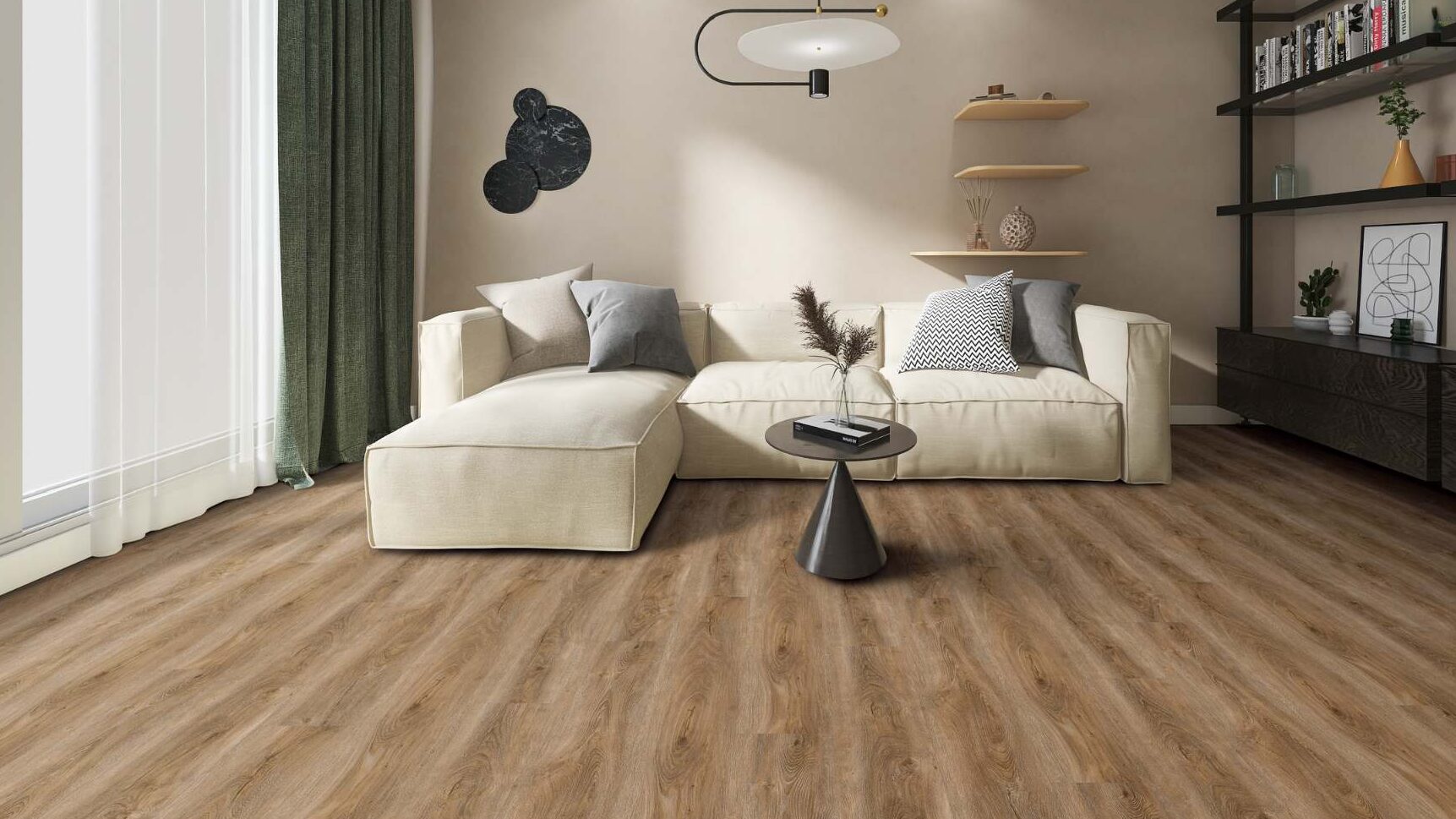
How to Install Luxury Vinyl Plank Flooring
Installing Luxury Vinyl Plank (LVP) flooring is a great DIY project that can refresh the look of any room. Follow these step-by-step instructions for a smooth, professional-looking result.
Step 1: Prepare the Subfloor
Before installing LVP, it’s important to make sure your subfloor is in good condition. Remove any old flooring materials, then clean the surface thoroughly to get rid of dust, debris, and moisture. The floor must be dry, flat, and smooth. Use filler to patch any holes or cracks, and sand down any high spots to ensure a level base for the planks.
Step 2: Acclimate the Flooring
Allow your luxury vinyl planks to sit in the room where they’ll be installed for at least 48 hours. This step is essential because it lets the flooring adjust to the room’s temperature and humidity. Skipping acclimation can lead to warping or gaps later on.
Step 3: Plan Your Layout
Take time to plan how you want your planks to run, usually, this means laying them parallel to the longest wall to make the space appear larger. Measure the room and calculate how many full rows of planks you’ll need. If your first or last row would end up too narrow, adjust the layout to balance both sides evenly, ideally leaving at least half a plank’s width at the ends.
Step 4: Install the First Row
Start in a corner and place spacers between the planks and the wall to leave a 1/4-inch expansion gap. This space allows the flooring to expand and contract with temperature changes. Lay the first plank with the tongue edge facing the wall and click the next plank into place along the short edge, continuing across the row.
Step 5: Continue the Installation
When beginning the second row, use a plank that is at least six inches shorter than the first plank in the previous row to stagger the joints. This creates a more natural look and improves the floor’s structural integrity. As you go, click the long side of each plank into the one beside it, then into the row above. Use a tapping block or mallet if necessary to ensure a snug fit.
Step 6: Cut Planks to Fit
Some planks will need to be cut to fit at the ends of rows or around obstacles. For straight cuts, score the plank with a utility knife and snap it along the line. For more complex shapes, like curves or corners, use a jigsaw to make precise cuts. Always measure carefully before cutting.
Step 7: Finish the Edges
Once all the planks are installed, remove the spacers you placed at the walls. To cover the expansion gap, install baseboards or quarter-round molding. If your LVP meets other flooring types at doorways or room transitions, use transition strips to create a smooth, finished look.
Step 8: Clean and Inspect
After installation, vacuum or sweep the floor to remove dust and debris. Lightly damp the surface to give it a clean finish. If you use glue-down vinyl planks, avoid walking on the floor for at least 24 hours to allow the adhesive to cure properly.
Care and Maintenance Tips of Luxury Vinyl Plank Flooring
Luxury Vinyl Plank flooring is designed for durability and ease, but proper care will keep it looking its best for years. Follow these simple tips to maintain your floors:
- Sweep or Vacuum Regularly: Remove dust and debris daily using a soft broom or vacuum without a beater bar. This prevents scratches and keeps your floors clean.
- Mop with a Damp Cloth: Use a damp mop and vinyl-safe cleaner once a week. Avoid soaking the floor or using harsh chemicals.
- Use Furniture Pads: Place felt pads under furniture legs to prevent dents and scratches. Never drag heavy items across the floor.
- Wipe Spills Immediately: Clean up water and liquid spills right away. This protects against staining and moisture damage.
- Block Direct Sunlight: Use curtains or blinds to reduce exposure to direct sunlight. This helps prevent fading or discoloration over time.
- Treat Stains Gently: Use a soft cloth with mild cleaner or rubbing alcohol for tough marks. Avoid abrasive pads or scrubbers.
- Skip the Wax and Polish: LVP floors don’t need waxing or polishing. These products can dull the finish or leave a residue.
Ready to transform your home with beautiful, durable luxury vinyl plank flooring?
Let the experts at Allison’s Flooring Installation bring your vision to life with high-quality products, expert craftsmanship, and personalized service.
Call (502) 794-2620 today to schedule your free in-home consultation and get started on a stunning new floor you’ll love for years to come!
